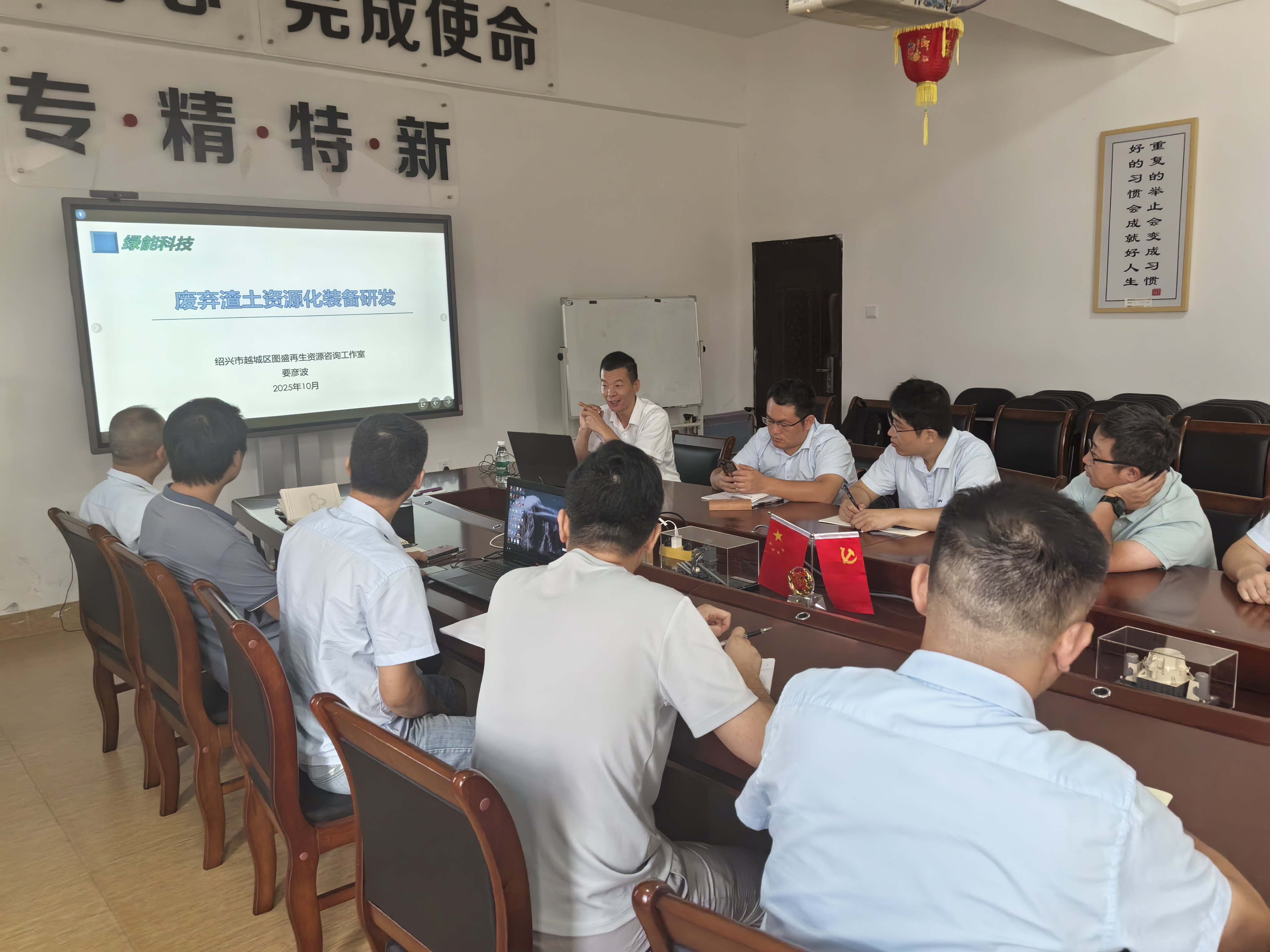With the rapid advancement of urban construction, the output of construction solid waste—especially waste muck—has surged exponentially, posing severe challenges to environmental governance, land resource utilization, and green construction promotion. How to break through the bottlenecks of high water content, strong viscosity, and low recycling efficiency in waste muck treatment? How to select and apply cutting-edge waste muck disposal equipment to achieve compliant disposal and high-value resource utilization? These questions have become urgent issues for enterprises and practitioners in the construction and environmental protection industries.
To help the industry crack these dilemmas and grasp the latest technological trends in waste muck treatment, Ninon, a forward-looking player in the environmental protection equipment field, is honored to launch a high-end expert sharing session. On this occasion, we are delighted to invite Teacher Yao Yanbo—a well-known expert with in-depth research and rich practical experience in the field of waste muck disposal equipment—to take the stage. Teacher Yao will focus on the core technologies, functional advantages, and practical application scenarios of waste muck disposal equipment, decode the key to solving common problems such as equipment blockage and low efficiency in the treatment process, and provide targeted guidance for enterprises to optimize treatment processes and improve resource utilization efficiency. Let’s look forward to this precious sharing and jointly explore the path to breaking through the construction solid waste dilemma!

Waste muck primarily covers categories like construction excavation dregs, construction waste slurry, building (structure) demolition waste, and decoration waste. Through compliant recycling and treatment—relying heavily on waste muck disposal equipment—these materials can be converted into recycled building materials such as roadbed fillers. Given the common characteristics of such muck, including high water content and strong viscosity, the core of their treatment technology centers on two directions: one is the reduction disposal of high-water-content muck and waste slurry, and the other is resource-based processing for recycling. Both directions are inseparable from the precise operation of waste muck disposal equipment, which can transform the muck into products like roadbed fillers, new building materials, and cultivated soil.

Teacher Yao shared “the compliant disposal and resource utilization of waste muck are fundamentally dependent on the efficient operation of professional waste muck disposal equipment. The core technological process of this equipment can be condensed into six key links: feeding, crushing, conveying, metered addition, mixing, and discharging. Each linkis designed to tackle specific challenges of muck treatment, yet the inherent high water content and strong viscosity of such materials have become major bottlenecks restricting the processing efficiency of waste muck disposal equipment, demanding urgent breakthroughs via scientific approaches.“
In actual processing, the issues of high water content and strong viscosity trigger a series of chain reactions that hinder the performance of machinery: during the feeding stage, material caking and blockage at the feed inlet are likely to occur, forcing frequent start-stops of the equipment; in the crushing link, viscous materials easily adhere to the surface of the equipment’s crushing tooth plates, reducing crushing accuracy and accelerating wear on waste muck disposal equipment; during conveying, material adhesion to the equipment’s conveyor belt may lead to poor conveying or even shutdowns for cleaning—seriously disrupting the overall processing rhythm of the equipment. These problems not only lower the production efficiency of waste muck disposal equipment but also increase its maintenance costs, becoming significant obstacles to muck resource utilization.
To address these pain points, he suggested a mature solution system closely integrated with waste muck disposal equipment: first, an intelligent material distribution device is installed at the feeding end of waste muck disposal equipment. Through the collaborative operation of the device’s vibrating material distribution plate and uniform material distributor, the waste residue slurry is evenly distributed before entering the subsequent links of the equipment, avoiding local accumulation that could impede efficiency. Second, in the metered addition link of waste muck disposal equipment, curing agents (e.g., cement-based curing agents, lime-based curing agents) are accurately dosed. Leveraging the chemical reaction between the curing agents and the materials, the equipment effectively reduces water content and viscosity while enhancing material stability. Finally, professional screening equipment is added to the discharging end of waste muck disposal equipment to conduct graded screening of the reacted materials, separating out qualified finished products such as recycled aggregates. These finished products can be directly applied in fields like roadbed filling and new building materials, enabling the efficient recycling of waste resources under the support of waste muck disposal equipment.
This treatment solution, which combines process optimization with problem-solving and is deeply tied to the functionality of waste muck disposal equipment, not only effectively overcomes the processing challenges of high-moisture and high-viscosity waste residue slurry for the equipment but also promotes the large-scale development of waste resource utilization. In doing so, it provides strong support for environmental protection projects and green construction, with waste muck disposal equipment acting as the core driver of this progress.



